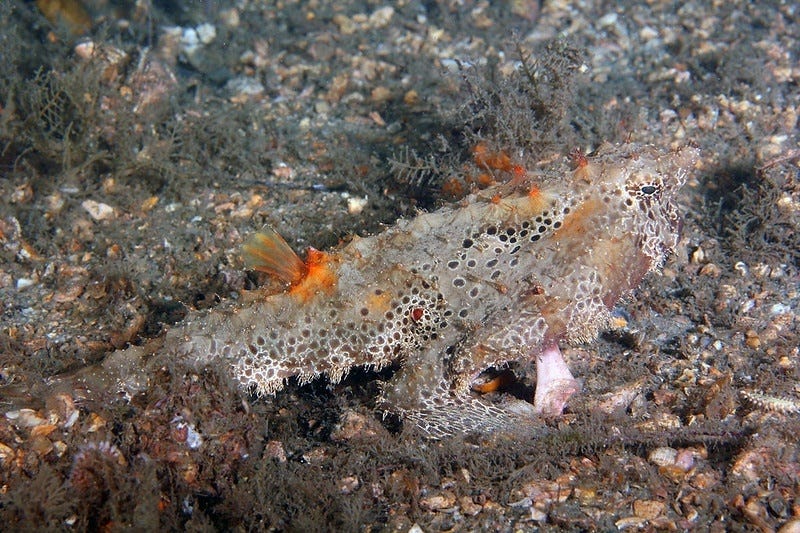Background matching camouflage. That is how biologists call it when an animal adapts their body’s coloring to match with their surroundings in order to avoid recognition. It works by deceiving the visual perceptual system of the observer. Detecting such objects using traditional salient object detection (SOD) is a challenge because it works by identifying the most attention-grabbing object(s) in an image. Camouflaged objects, however, have a lot of similarities with the background, making it difficult to detect. It requires a lot of knowledge about visual perception in order to do Camouflaged Object Detection (COD). A potential solution for COD is a simple, yet efficient framework created by a group of international researchers, called the Search Identification Network[1] (SINet).
Currently, COD is not a well studied subject because there is a lack of a large dataset. Therefore, the researchers created the COD10K dataset. It contains 10.000 images that are divided into 78 different categories. It is a mix of images containing camouflaged and non-camouflaged objects as well as just backgrounds. The dataset is built using a hierarchical structure. First, each image is assigned a super-category and a subcategory. Then, each bounding box is carefully annotated for each image. After that, the image also gets assigned a set of attributes, for example: occlusion or indefinable boundaries. Finally, the annotations are expanded by also annotating each object-instance.
#object-detection #cod #sinet #artificial-intelligence #machine-learning
